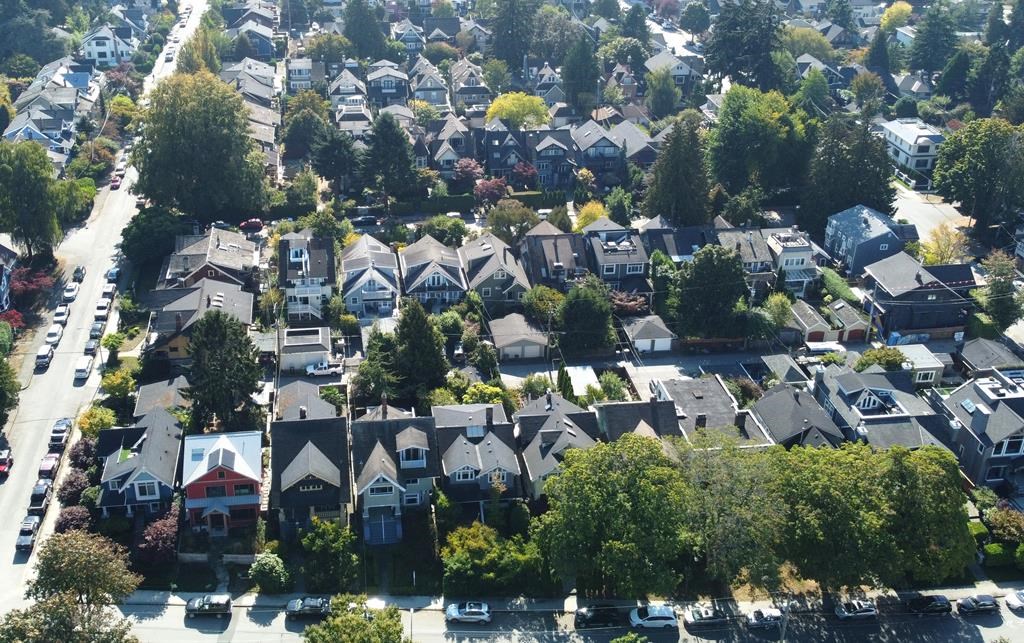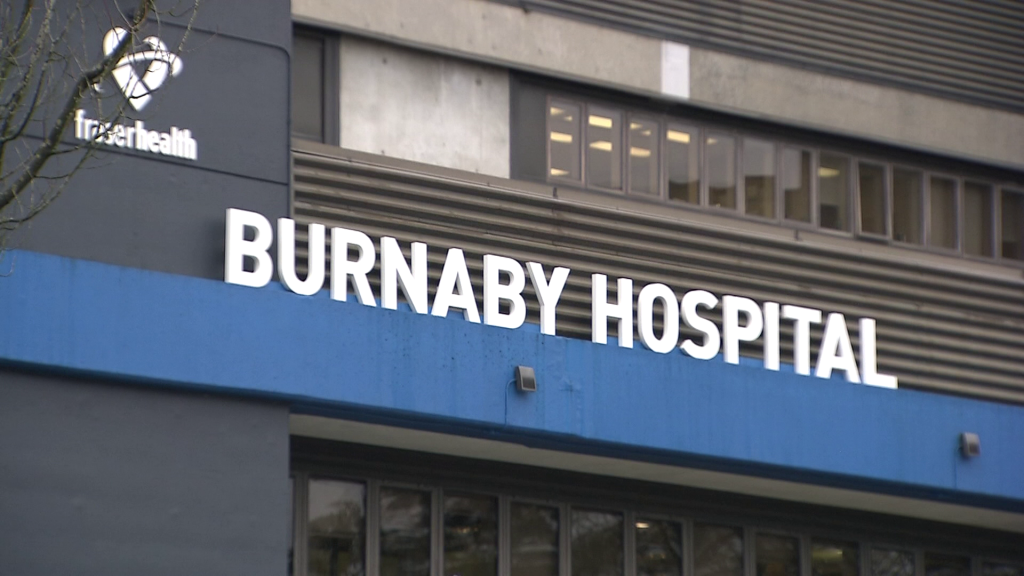Why is there pushback on 15-minute neighbourhoods?

Posted June 22, 2023 7:39 am.
Last Updated June 22, 2023 10:16 am.
If it’s the ideal neighbourhood, why is there pushback?
A new report on “15-minute neighbourhoods” focuses on issues like affordability and concerns about transit and infrastructure, but a top urban planner in Metro Vancouver says it highlights the challenges of changing from a vehicle-oriented society into more sustainable communities.
“It’s about how we have to have a continued investment and a commitment to transit,” said Andy Yan, director of the City Program at Simon Fraser University.
“The biggest roadblock is ‘legacy.’ … How many of our communities, particularly outside the City of Vancouver, were built at a time when cars were at the centre of the way we got around.”
Related Articles:
-
B.C. targets 6 Lower Mainland municipalities to deliver more homes, faster
-
It takes four decades to save house down payment in Vancouver
The 15-minute city is about creating more neighbourhoods with a variety of housing and density surrounding services and amenities that are all within a 15-minute walk, bike, or bus ride.
A report from RE/MAX finds almost half of Canadians surveyed think the concept is achievable and feasible, but the response does skew toward non-drivers (59 per cent) compared to those who rely on their vehicles to get around (45 per cent).
However, Yan says the legacy of urbanization built around the car is slowly changing, citing new developments around Metrotown and Brentwood in Burnaby.
“The expectations of a front yard may change for the need to develop a set of public amenities for those living in denser communities. I think it increases the importance of a public commons, an investment in parks, libraries and neighbourhood community centres that are really needed when we build into denser communities. That is one of the ongoing challenges.”
But Yan admits this kind of change doesn’t always come easy.
“The ongoing concerns around gentrification and displacement, as well as unaffordability, and the cost of building new dwellings has brought in a level of expense that many households in Canada are struggling to deal with.
“But at the same time, we actually have many examples of pre-existing 15-minute neighbourhoods and cities, and they are some of the most desirable places to live in many cities throughout Canada,” he told CityNews.
Yan feels the pushback against the idea of creating more 15-minute neighbourhoods in established communities happens when residents are not included in conversations about their future.
“They can’t see themselves in this future and that, unfortunately, creates an environment of distrust, where people feel fear about what these planning ideas really are.”
Yan believes it’s important to include concerns about affordability and gentrification in any conversation about change in a neighbourhood, pointing to Vancouver’s Chinatown as a prime example.
“There are many examples, but Chinatown is Vancouver’s original 15-minute neighbourhood, and there are profound concerns around gentrification and displacement, as well as affordability.”
“These are the same challenges that can be found in cities across Canada.”
The RE/MAX report looks at the 15-minute neighbourhood in the context of Canada’s housing crisis, as more communities strive for maximum livability and affordability while grappling with rapid growth.
“Private and public interests must coalesce to make what seems visionary to some, tangible for all,” said Christopher Alexander, President of RE/MAX Canada. “By rethinking the design, relevant government policies and zoning bylaws applicable in our neighbourhoods and integrating all the complex layers within existing developed land areas, we can achieve a more effective and comprehensive national housing strategy.”
The report leans on experts in the fields of urban planning, transportation and climate and offers what it calls key lessons for growing communities, including the creation of a diversity of housing within densification, proper infrastructure and a balance in transportation.
“If we want to make strides toward sustainable, long-term affordability and livability, we must use existing land more pragmatically and create cities, towns and neighbourhoods that offer a mix of housing types with a vision for quality of life at the forefront,” Alexander added.
-With files from Greg Bowman








